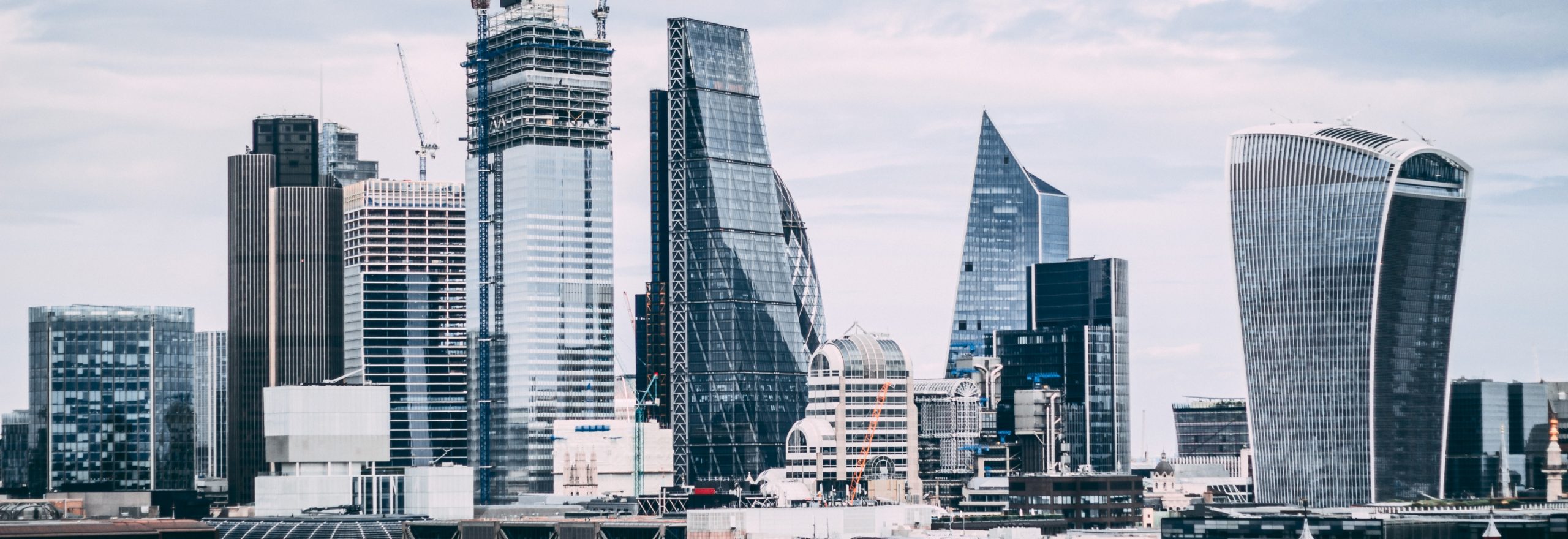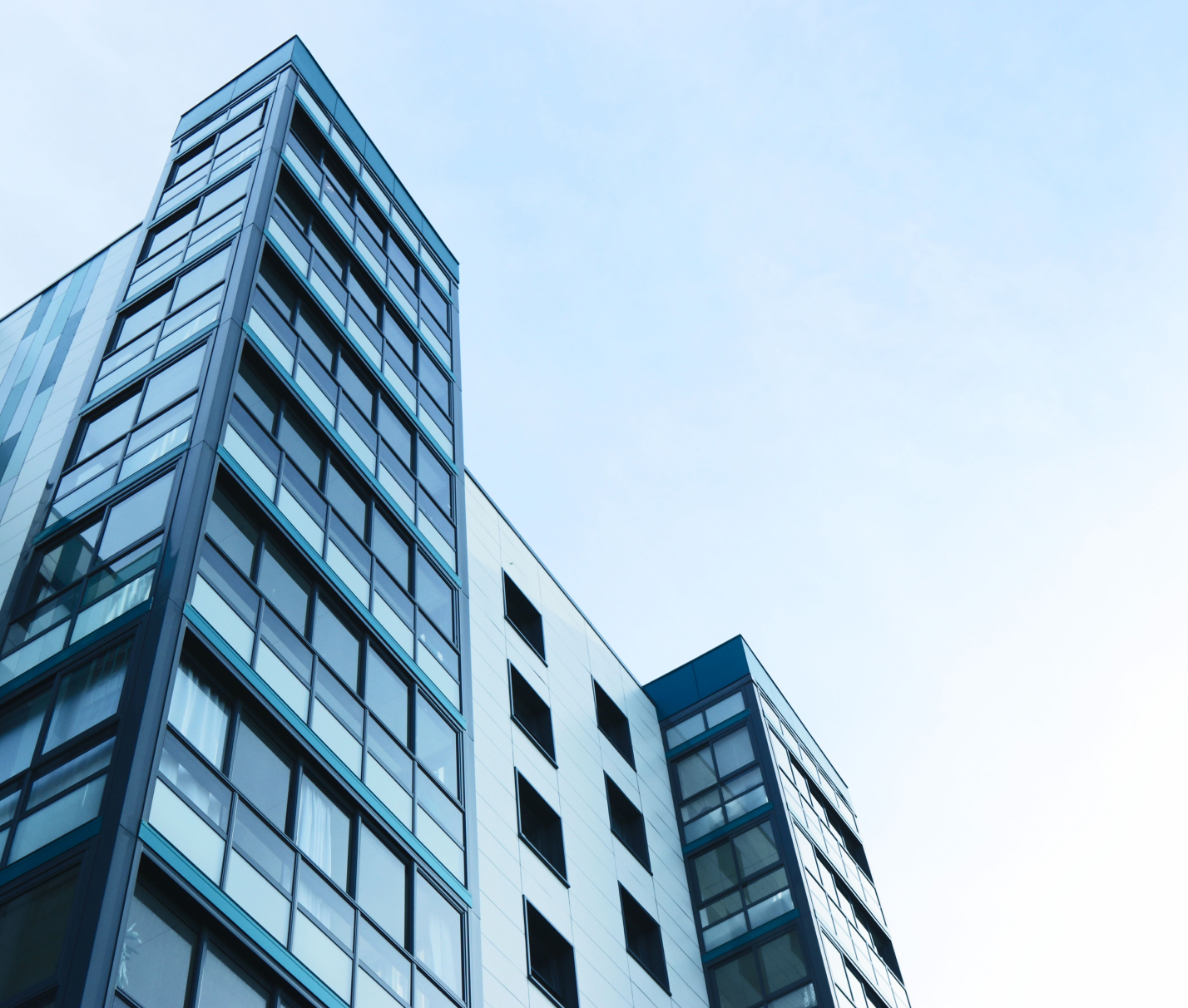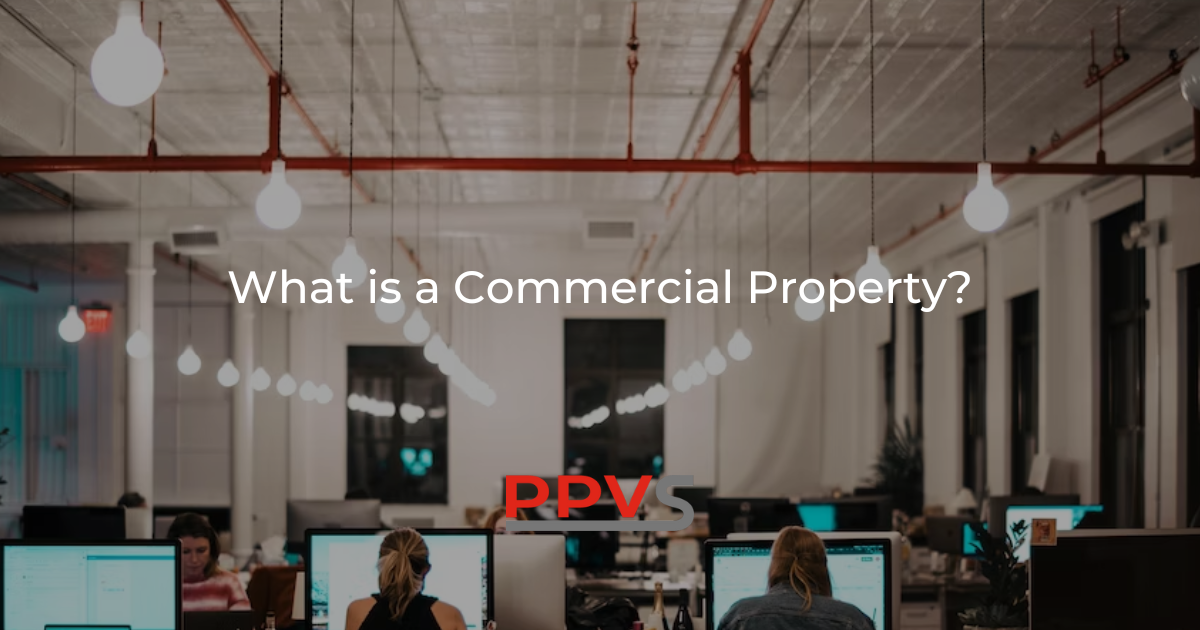PPVS Complete Facilities Management

What is an Industrial Building?
The industry of construction is made up of three primary divisions: residential, commercial, and infrastructure. While it appears to be straightforward on the surface, the truth is that each consists of a wide range of subcategories that need distinct legal, regulatory, and planning requirements.
For example, there are four primary categories within the commercial sector alone: industrial, retail, office, and multifamily. In this blog, we delve into the complicated and ever-expanding world of industrial construction to guarantee that you have all of the knowledge you’ll need for a successful project.
Types of Industrial Buildings
What exactly is an industrial facility? An industrial building is one of the four primary kinds of commercial properties used for business purposes. Industrial facilities are factories or other large premises that are primarily used for manufacturing or storing raw materials, products, or services for economic reasons.
Warehouse
These typical single-story warehouses range in size from 5,000 to hundreds of thousands of square feet and are used for the storage and transport of goods. Ceilings are generally at least 60 feet high because of the necessary racking and storage systems concealed beneath its roof. Loading docks, big truck doors, and parking areas for semi-trailers used for distribution are among the other important elements of an industrial building.
Manufacturing
Manufacturing buildings, also known as heavy industrial buildings, are large facilities that house equipment requiring significant amounts of money to purchase and operate. The oil, mining, and shipbuilding industries are examples of this sort of business. These constructions have a three-phase electric power supply in order to run the massive machinery within their walls.
In order to purge hazardous chemicals and vapours from the facility and produce clean air, they generally have large ductwork coupled with high-capacity ventilation and exhaust systems. Finally, they frequently contain pressurised air or water lines so that the technology may operate effectively as well as important features such as floor drains and storage tanks.
Refrigeration
Refrigeration and cold storage facilities are distribution centres dedicated to food items like meat, produce, and dairy. These buildings provide rooms for cooling and freezing in order to maintain goods at the right temperatures before they are sent out. Other key features include docks with special seals to keep products cool, as well as insulated overhead doors that keep them frozen.
Showroom
A showroom is an office or warehouse (or both) that is part of a larger property that contains a public display area. A decent example is a car dealership. The construction and layout of a showroom are comparable to those of a flex building. However, in order to exhibit and sell items on site, generally about half of the facility is dedicated to the retail space in a showroom.
Research
A research and development facility, which is common in the technology and biotechnology industries, is an example of a flex building. A research and development centre generally comprises offices, laboratories, and even manufacturing spaces within a campus-like property with the goal of developing and improving goods. Because electrical testing labs are required in research and development buildings, they consume more electricity.
Industrial Building Trends
Higher Demand for More Warehouse Space
The industrial sector is expected to withstand COVID-19’s effects better than any other economic sector, according to a recent study by Colliers. COVID-19 fundamentally altered consumer buying patterns, as well as how consumers acquire products. According to reports, COVID-19 significantly accelerated the growth of the e-commerce industry by 4 to 6 years. What does this term imply for industrial construction? Warehouses are in high demand as e-commerce firms require additional room to keep up
with demand, with 329 million square feet of these projects currently underway.
Rise in Multi Storey Warehouses
Similarly, multi storey warehouses are becoming increasingly popular. Multi Storey warehouses are common in densely populated areas throughout Europe and Asia, they have been uncommon in the United States until recently (due to their high costs and logistical difficulties).

Get in touch to see how we can help with your Facilities Management.
For general enquiries please fill out the form and our team will be back in touch. Or give us a call or email using the details below.







